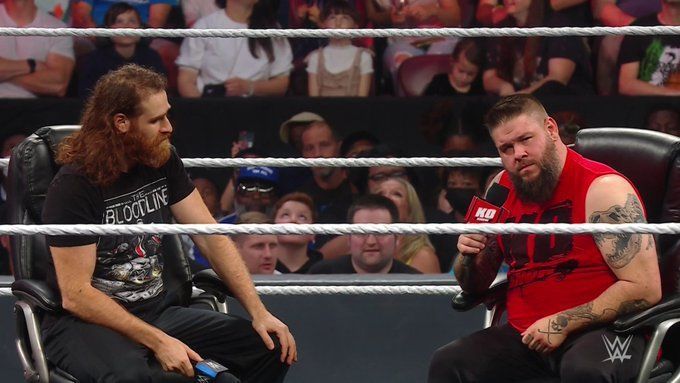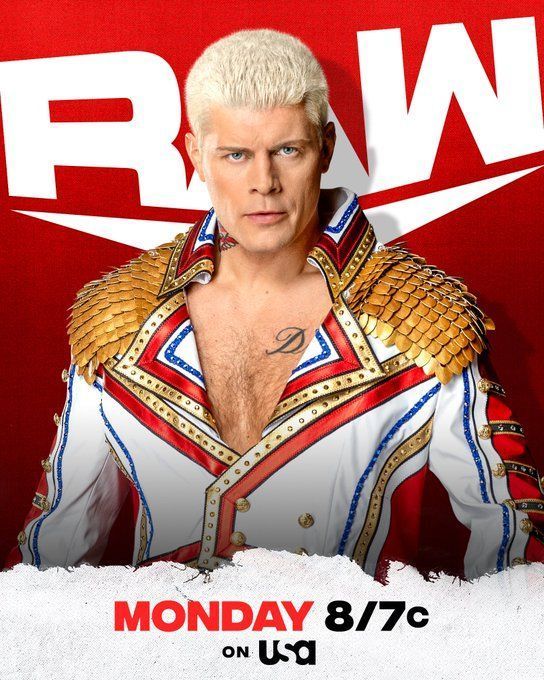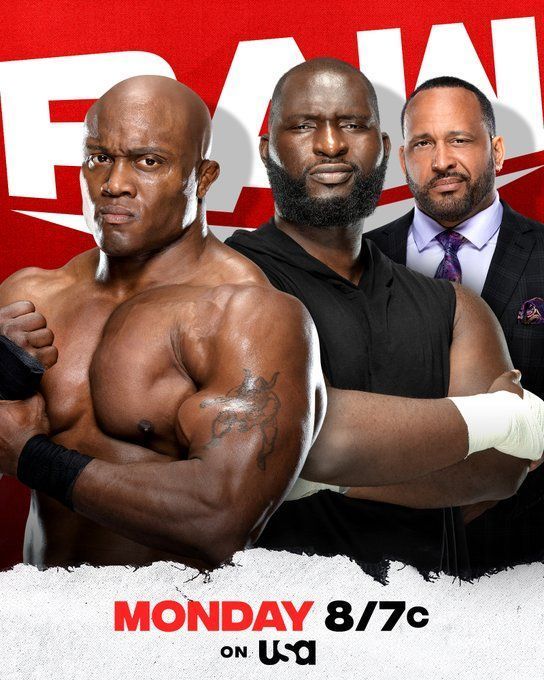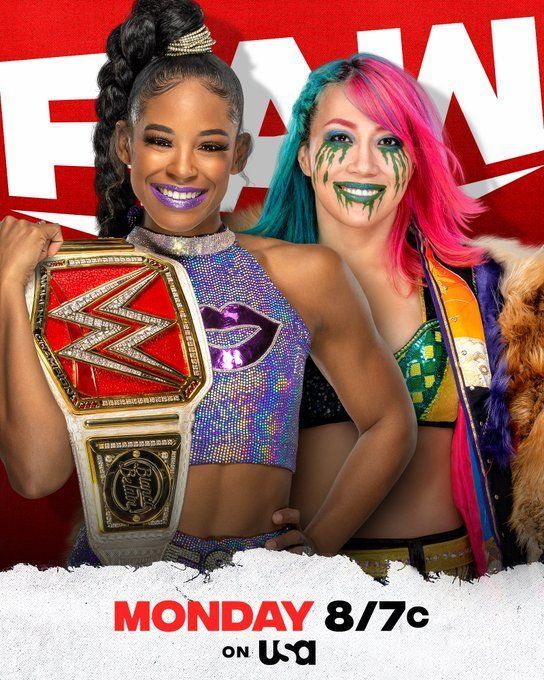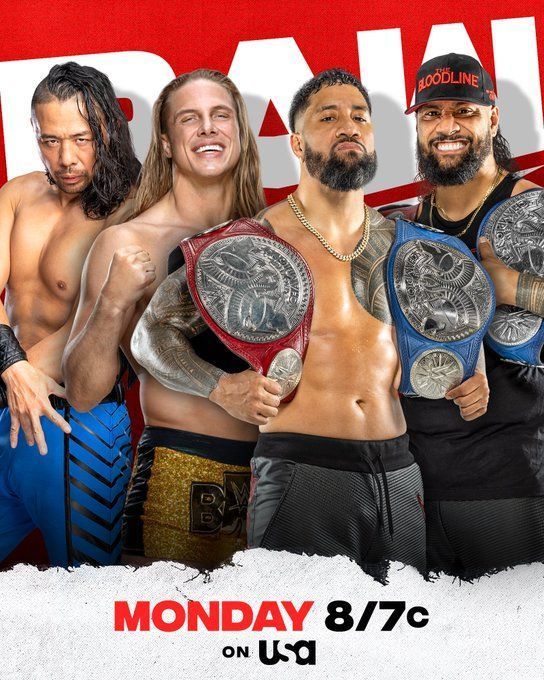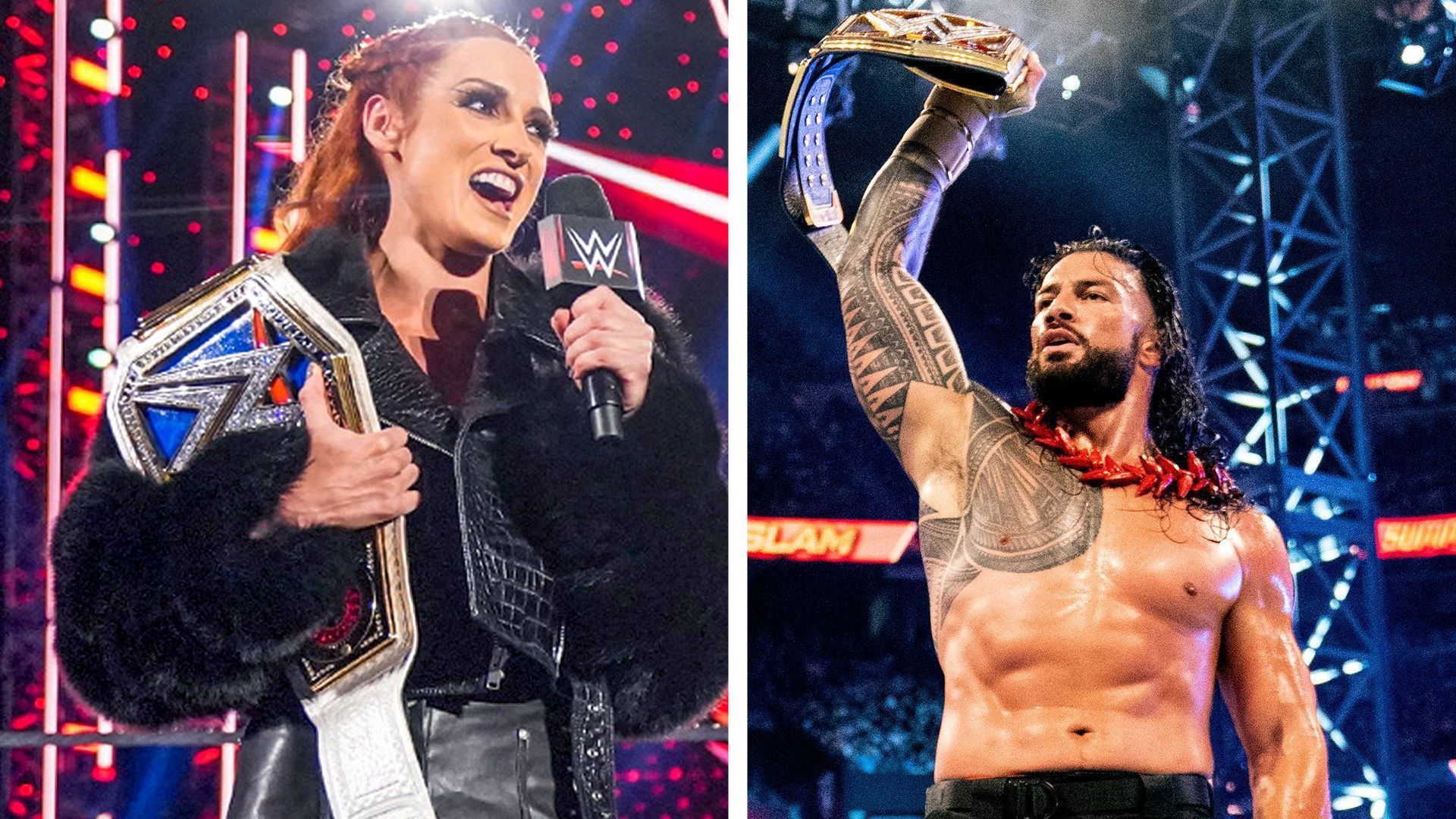
3 reasons WWE should keep the brand split and 2 they shouldn't
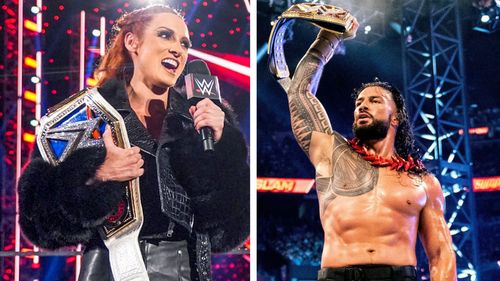
The future of the WWE brand split is up for debate. Some sources claim the split is coming to an end. Meanwhile, other sources have stated that it will continue, just with the caveat that some superstars will appear on other shows as necessitated by the storylines.
Ever since the initial brand extension and WWE draft in 2002, the WWE Universe and wrestling personalities have debated the pros and cons of having separate brands. A singular roster has its positives, but so do several separate rosters. Both options also have drawbacks and limitations. What is the right choice?
Below are 3 reasons WWE should keep the brand split and 2 reasons they shouldn't.
#5. Should: RAW and SmackDown will feel too alike when the brands aren't split
One of the key reasons for a brand split is that it helps make the shows feel different. World Wrestling Entertainment has five hours of prime-time television to fill each week with RAW and SmackDown alone. If the shows feel identical, it's unlikely that audiences will tune in to watch 300 minutes of WWE programming every week. It just becomes too much of the same.
Some in the WWE Universe would argue that the two shows already look and feel too alike. The sets are similar, the commentary style is similar, and the production is similar. Once the same WWE Superstars begin to appear on both shows, it only further lessens the individuality of each.
By keeping the rosters apart, both shows can have a unique feel. Viewers will tune into RAW each week because they know that's where they can see Cody Rhodes. Those same viewers will watch SmackDown for Roman Reigns. If the same stars appear on both shows, the allure of watching one may lessen.
#4. Shouldn't: Several of WWE's championships are now unified
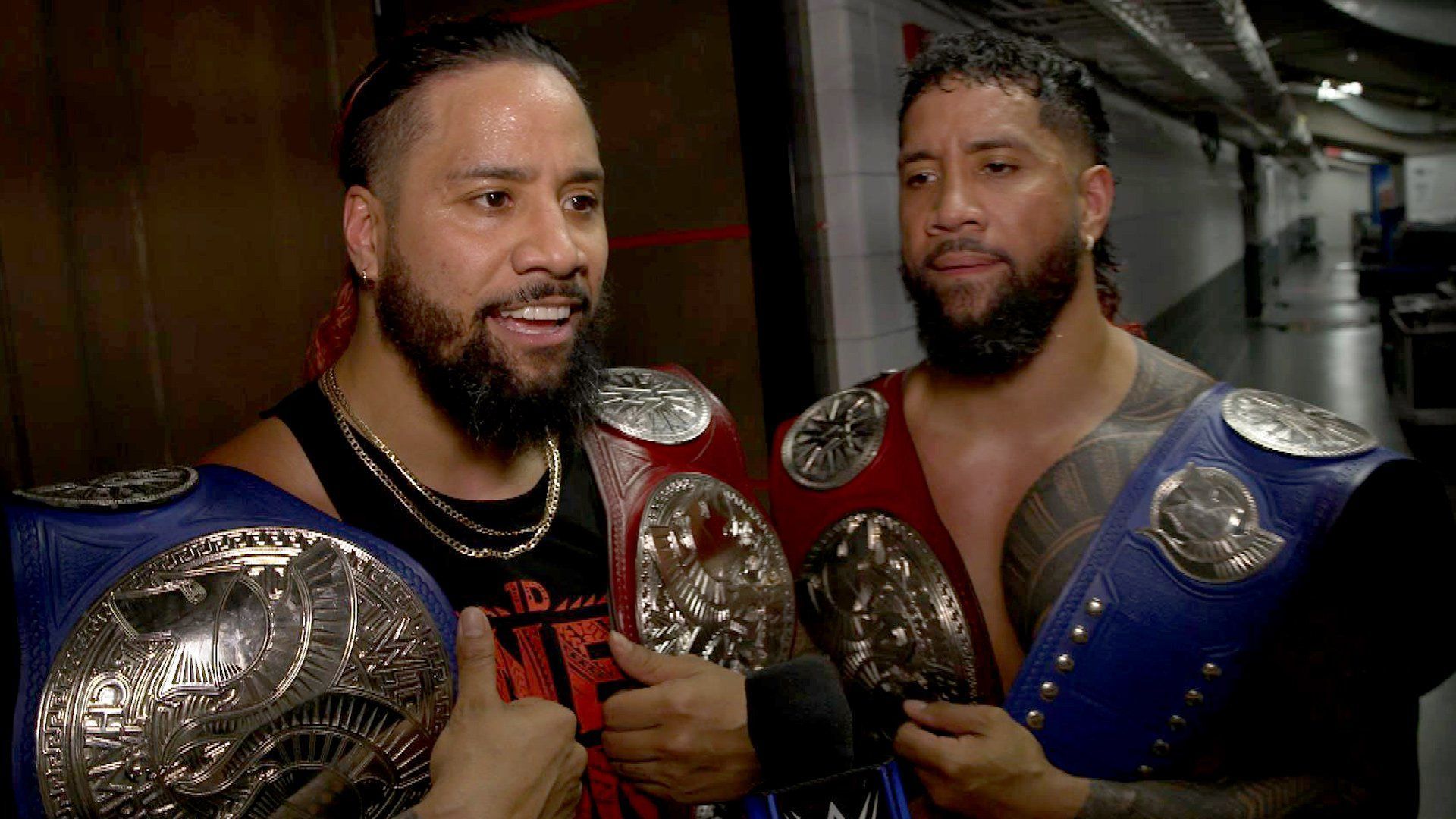
While some believe unifying championships add more prestige to the titles, the action has consequences. The moment champions begin to appear on more than just their home shows, the brand split begins to mean less. The individuality of both programs lessens.
An argument often used for one champion appearing across both brands is the NWA. During the heyday of the National Wrestling Alliance, you had one main champion who toured around. The NWA Title was the most prestigious and everybody knew that the champion was the top guy. While that's true, it wasn't in the era of national television, nor was the champion appearing on just two brands.
The Usos appearing on RAW and SmackDown every single week with most of the same audience watching them isn't quite the same as Harley Race going to different territories for a brief period in front of completely different audiences.
If the titles are going to be unified and the champions bounce around from show to show, what's the point of keeping the shows separate? This is made even worse when the challengers also travel to both RAW and SmackDown. Unified titles have hurt the concept of the split.
#3. Should: More stars can be made with separate rosters

As mentioned already, there are five hours of television dedicated to RAW and SmackDown each week. This is a lot of TV time, yet superstars still frequently find themselves in catering and are not used on the shows. Many stars aren't used even when the roster is split properly. This becomes a far worse issue once the brand split is gone, and even when the split exists but isn't enforced.
If Roman Reigns and The Usos are in three segments on Monday while also in three segments on Friday, that screen time is no longer available to others. Superstars hit hardest by this tend to be mid-card talent and up-and-comers. The wrestlers no longer receive screen time or creative focus. Instead, they sit in catering or end up being released. This wastes potential star potential.
It doesn't only hurt those who lose that screen time. That extra time on TV can damage the wrestlers who appear on television more often. Overexposure can hurt the drawing power and entertainment factor of even the best WWE Superstars. If you're constantly on TV, you're no longer as special.
Keeping the rosters separate allows for new stars to be made, more wrestlers to be featured, and it helps avoid top talent being overexposed.
#2. Shouldn't: The brand split is already regularly diluted
The brand split could end tomorrow and it wouldn't dramatically change things right now. That's because WWE has already diluted the brand split. The shows look the same bar color differences, they sound similar, and the commentary booths are in the same spot. Cosmetically, RAW and SmackDown hardly feel different right now.
It goes beyond the cosmetic presentation. The style of booking and the presentation of talent feels similar on both shows, as if the same creative team works on both programs.
Recently, RAW and SmackDown stars have just appeared on other programs with no real reason given. On-screen WWE Officials have represented both shows with no unique authority figure given to either one.
Both RAW and SmackDown even share every Premium Live Event. The shows are so entwined at this point it barely feels as though there is a brand split at all. If WWE doesn't do a split properly, why do one at all?
#1. Should: WWE has numerous ways to strengthen the brand split
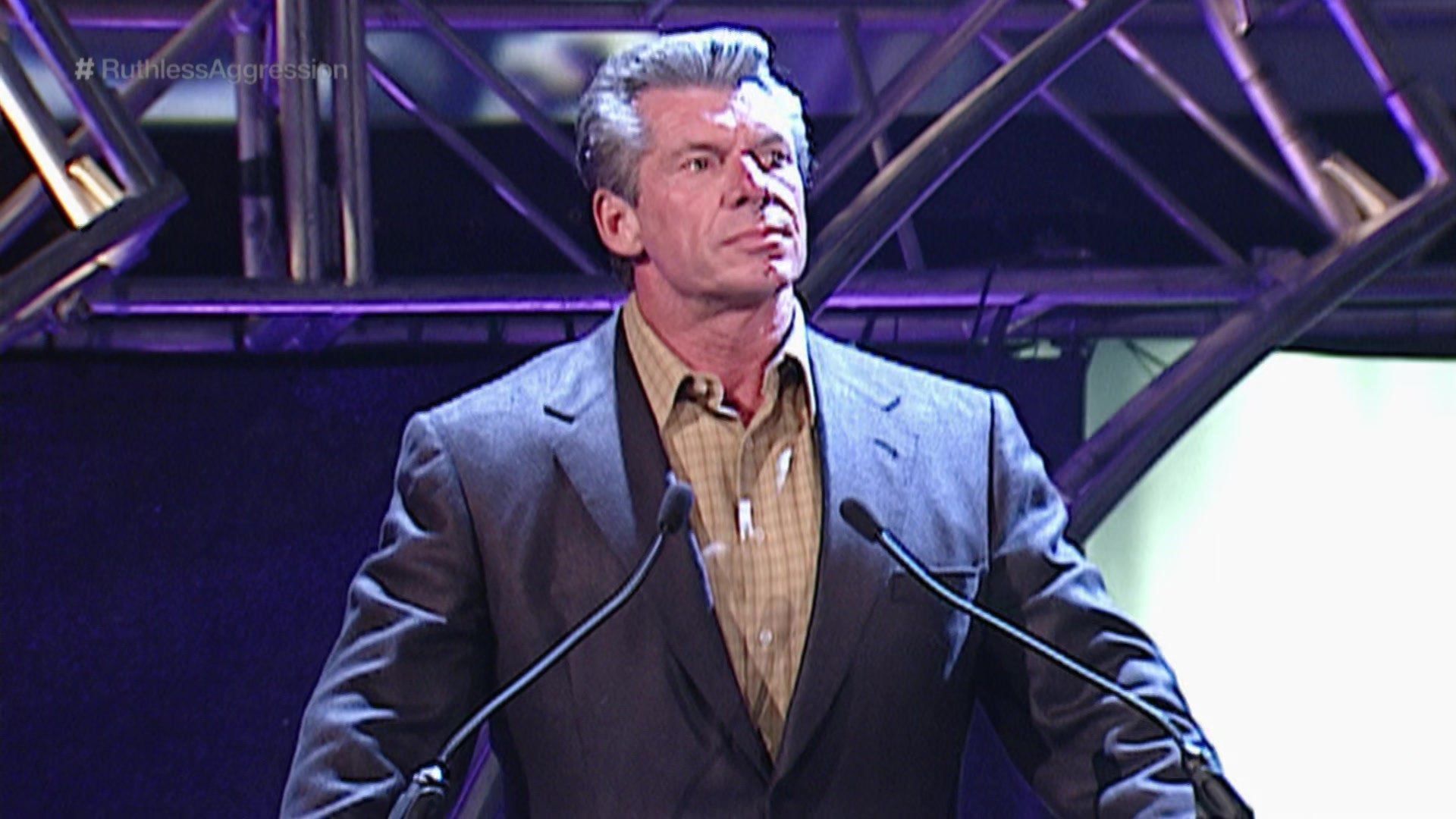
While the current state of the brand split isn't ideal, it doesn't need to be killed off. Instead, the brand split can be improved upon. If the concept is strengthened, WWE will be better off for it.
The first step in improving the brand split is to stop having superstars cross over to other shows. This is a major reason as to why the the brand extension was so much more successful when the shows were first split as opposed to later on. The rules are further adhered to.
WWE needs to keep the rosters separate and that allows for more stars to be made, the talent will remain more fresh, and the shows will feel more unique.
Unified titles should likely be split back up too. WWE has a deep roster and can have strong divisions, they just need to put in the work. If the titles must remain unified, however, then only the champions can appear on each show.
Challengers must stay on the shows they're signed to. Plus, those in charge can change up production and presentation to make both shows feel more distinct. The brand split ending isn't necessary, but enforcing it would improve both shows.
The future of the brand split remains unclear. If the company is willing to keep it going, hopefully the promotion chooses to strengthen it as opposed to continuing to dilute it further.
